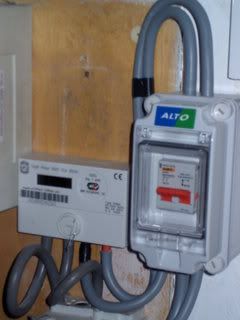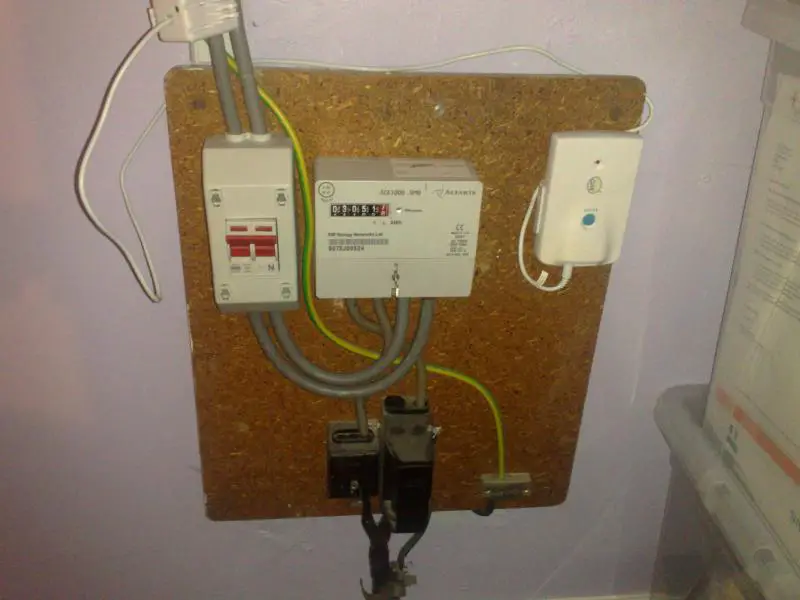I'm having my meter changed next week, and I'm taking the opportunity to insert an isolator into the tails. I've checked with the REC and they won't install one (not even an option to pay them for one), but they are happy to wire the isolator back into the meter during the job.
I've bought an MK 2-module enclosure and a 100A 2-pole switch, as well as several metres of 25mm tails. I'm scratching my head a bit on a couple of points...
1) Should the outer sheath of the tails be removed prior to the cable entry point, so that live and neutral can be identified by colour, without opening the enclosure? I've seen this on meters and was wondering if that's best practice or just a way to get fat cables through the holes!
2) The enclosure came with a couple of grommits that appear to be to meet an IP rating. Must these be used? My feeling is that they only appear suitable for a single round cable each, and there is only one hole at the top and one at the bottom. With two 25mm tails in each hole, there isn't really room to poke a screwdriver in there unless you're REALLY determined.
I've bought an MK 2-module enclosure and a 100A 2-pole switch, as well as several metres of 25mm tails. I'm scratching my head a bit on a couple of points...
1) Should the outer sheath of the tails be removed prior to the cable entry point, so that live and neutral can be identified by colour, without opening the enclosure? I've seen this on meters and was wondering if that's best practice or just a way to get fat cables through the holes!
2) The enclosure came with a couple of grommits that appear to be to meet an IP rating. Must these be used? My feeling is that they only appear suitable for a single round cable each, and there is only one hole at the top and one at the bottom. With two 25mm tails in each hole, there isn't really room to poke a screwdriver in there unless you're REALLY determined.




